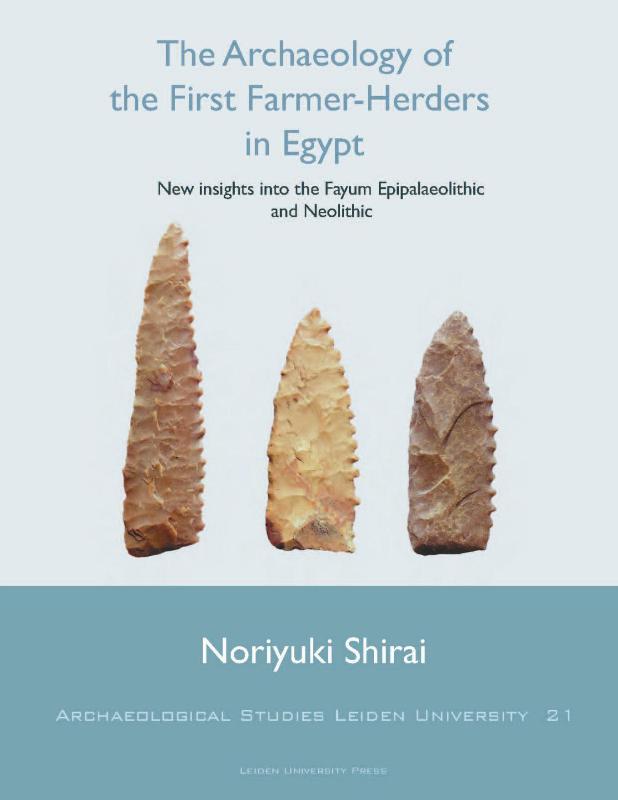The Archaeology of the First Farmer-Herders in Egypt
€ 55,00
new insights into the Fayum Epipalaeolithic and Neolithic
Serie: Archeological Studies Leiden University
Shirai, N. | Paperback / softback | 03-05-2010 | 9789087280796
The Archaeology of the First Farmer-Herders in Egypt explores how and why farming and herding started in the Fayum, which is …





